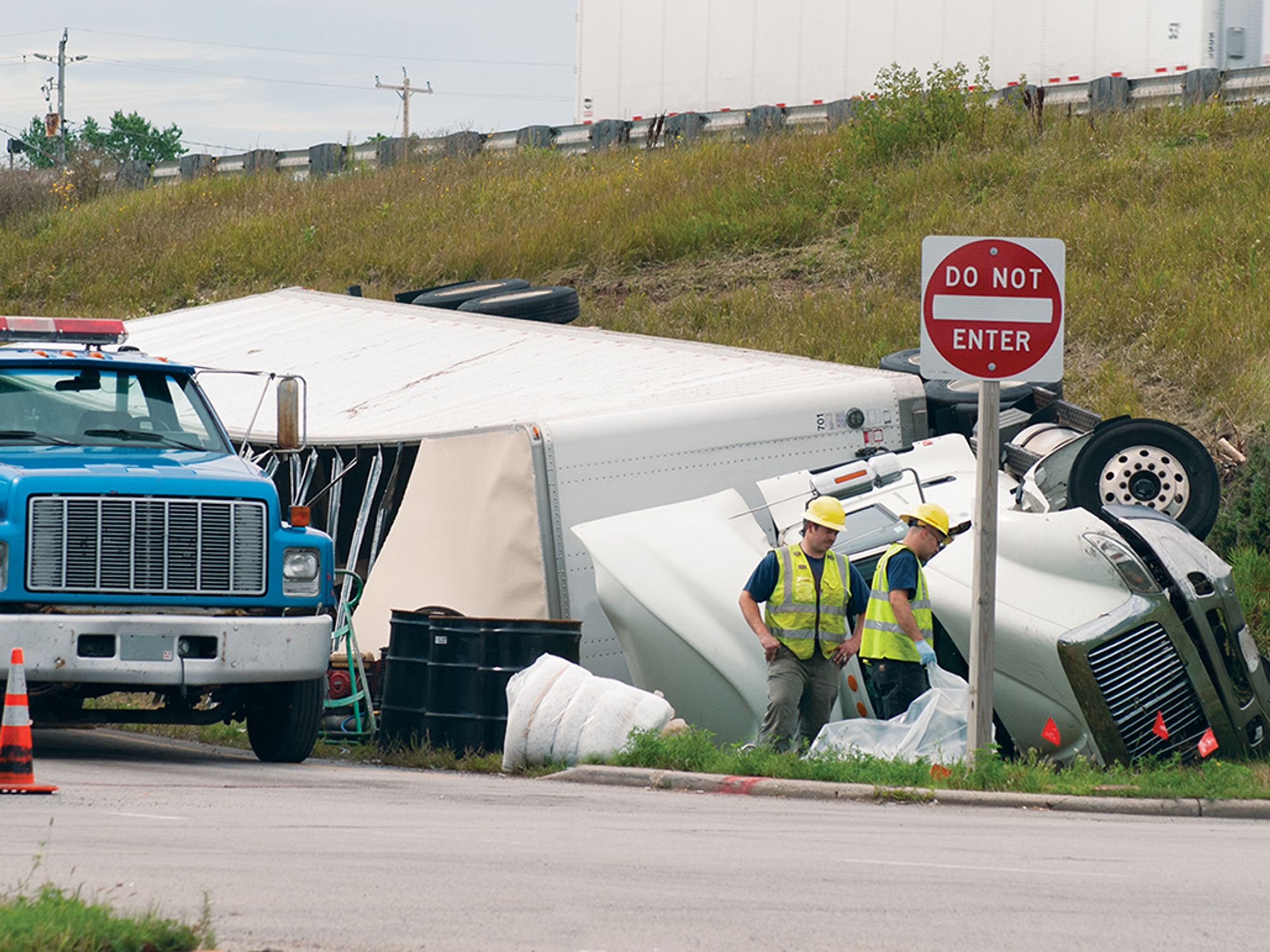Avoiding excessive losses to litigation

- Carriers have a duty to act which includes following the regulations.
- Document and follow safety management controls to prevent crashes.
The regulations lay out very clearly defined duties a carrier should be following. Not following them creates a situation where the carrier is providing an opportunity for another party to prove that the carrier breached a known duty.
If this can be proven, the party is one-quarter of the way to winning a settlement in court if there is an incident leading to injury or loss.
To prevail in a tort (civil lawsuit) the one party needs to prove that:
- The other party had a duty to act,
- The other party breached that duty,
- The breach led to the injury or loss and the other party is responsible, or
- The injuries are real and were caused by the breach.
To determine if the other party had a duty to act or committed a breach, courts will normally look to see what a “reasonable person” would have done in the same circumstances. The problem in the transportation industry is that the duty to act in many areas is clearly defined in the regulations. This creates a situation where the other party only needs to prove that you either knew, or should have known, about the regulations and your responsibility to comply with them.
If you are not complying with the regulations, the regulations will be used as a “roadmap to litigation” by plaintiff’s attorneys following a serious accident. During the interrogatory and discovery phases of the litigation, the attorney will be asking many questions concerning your safety programs and safety compliance. The attorney is trying to find proof that you do not have adequate safety management controls, and therefore have breached your duties to the public. If the attorney is successful with this tactic, it can lead to a significant award.
To give you an idea of what the other party will be asking, here is a list of typical interrogatory questions asked by plaintiffs’ attorneys when litigating against a motor carrier:
- Was the driver within the scope of his employment at the time of the accident?
- Who at the company is responsible for compliance with FMCSA regulations, document retention, driver qualification and personnel files, driver training, driver discipline, driver termination, log auditing, fleet safety, fleet operations, and vehicle maintenance?
- Was the accident investigated by the company? If so, by who?
- What is the company policy on driver discipline for violations of FMCSA regulations and company policies?
- What does the new driver training program consist of and is there a driver handbook/ policy book distributed?
- What is the frequency and content of safety meetings?
- What are the company’s minimum qualifications for drivers?
- What was the driver’s employment and driving history previous to employment? Also, provide the driver’s performance since beginning employment.
- Who was the dispatcher responsible for the movement the driver was involved in at the time of the accident?
- What were the origin and destination at the time of accident? Please include the loading and delivery times (appointment and actual) and if the shipment was time sensitive.
- What were the driver’s movements the previous 12 months?
- What was the vehicle’s weight at the time of the accident?
- Was the vehicle equipped with an ECM, a communications or tracking system, or any other data collection equipment at the time of the accident?
- What is the written policy on repair and maintenance?
- When was the vehicle last in for scheduled maintenance?
- What percentage of the company budget was dedicated to maintenance and driver training over the last five years (please detail each area)?
- Please provide details of any personal injury claims within last 5 years. Please include the outcome of each claim.
